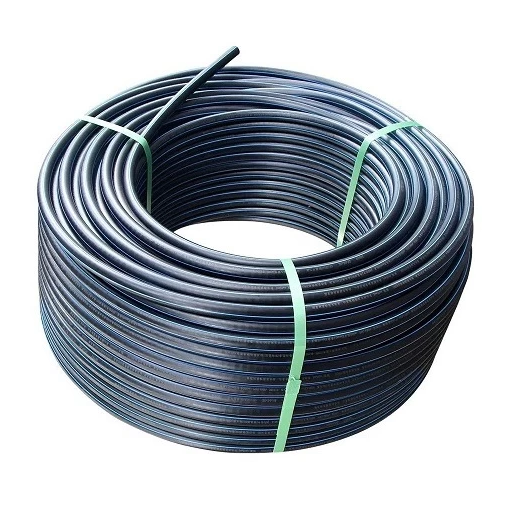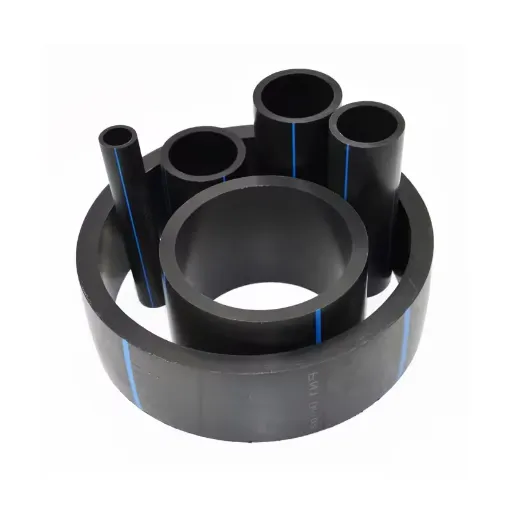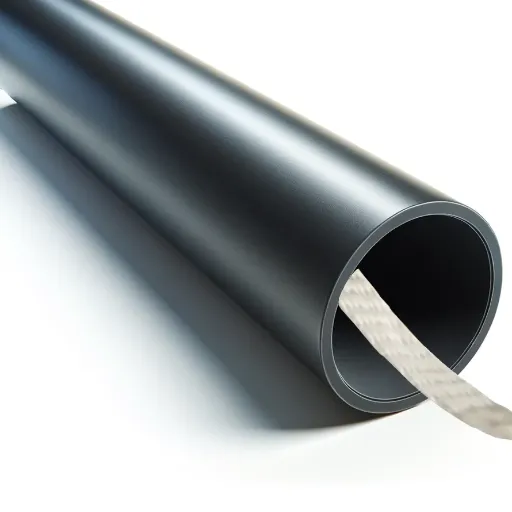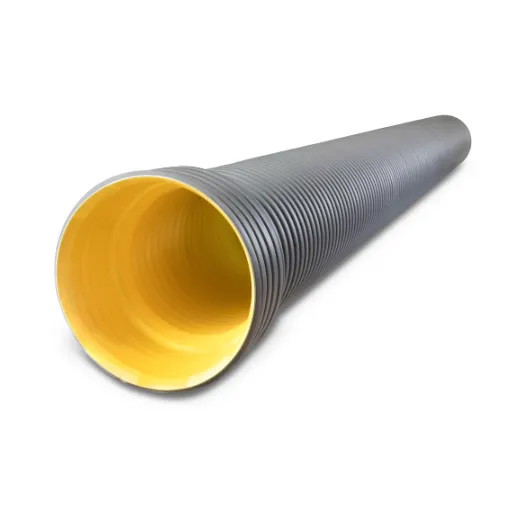High-density polyethylene (HDPE) pipes have become a staple in modern infrastructure for their exceptional durability, flexibility, and resistance to environmental factors. Among the various classifications, the 2-inch SDR 11 IPS Black HDPE pipe stands out as a preferred choice for numerous industrial and commercial applications. SDR, or Standard Dimension Ratio, defines the pipe’s wall thickness about its outer diameter, with SDR 11 offering a robust balance between strength and flow capacity. This guide provides a comprehensive analysis of the key specifications, performance characteristics, and applications of the 2 SDR 11 HDPE pipe.
What are the key specifications of 2-inch SDR 11 HDPE pipe?
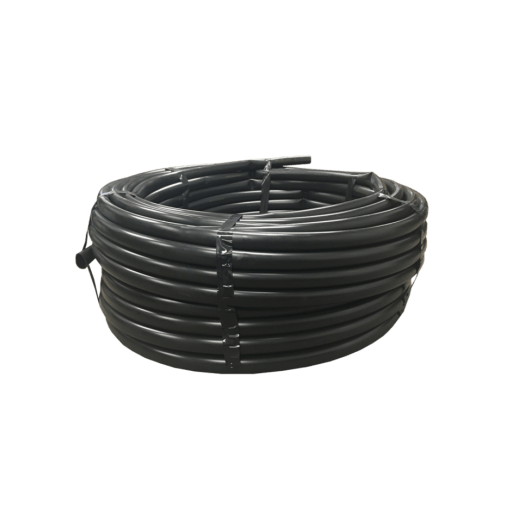
Outer diameter and wall thickness of 2-inch SDR 11 HDPE pipe
The outer diameter of the SDR 11 HDPE pipe, measuring 2 inches, is 2.375 inches, with the wall thickness set at 0.216 inches. The wall thickness is derived from the pipe’s outer diameter using the Standard Dimension Ratio (SDR). In the case of SDR 11, the wall thickness is set at 1/11th of the outer diameter. With regards to the specific Engineering design, it’s possible to achieve a tailored pressure requirement while maintaining consistency in the dimensions of the pipes and the ratio of the pipe’s diameter to other factors.
One of the primary benefits of the SDR 11 classification is the circumvention of structural failure under high internal pressures. For instance, the working pressure for the 2-inch SDR 11 pipe is rated at 160 psi at a temperature of 73 degrees Fahrenheit. This advantage is afforded to the thicker-walled pipes with lower SDR ratings, which the other pipes have sacrificed for higher rated pressure, incorporating the proportionate design. This is true for numerous applications, such as municipal water systems, systems for industrial fluid transfer, irrigation networks, and other applications where strength and hardiness are required.
The harmony achieved with the SDR 11 design contributes positively to the efficiency of the pipe over time. Thicker walls increase the pipe’s strength against external loads, variations of internal pressure, environmental strain from moving soils, or temperature. Moreover, the usage of high-density polyethylene (HDPE) guarantees that the pipe is lightweight and durable, as it does not corrode or react with other chemicals. These features, along with many others, make the 2-inch SDR 11 HDPE pipe trustworthy when dealing with difficult conditions in need of robust, dependable, and efficient solutions for long periods.
Working pressure ratings for 2-inch SDR 11 HDPE pipe
The maximum working pressure of a 2-inch SDR 11 HDPE pipe is most dependent on the conditions the pipe operates in and the form HDB of the material. For polyethylene materials with an HDB of 1,600 psi, the estimated working pressure of SDR 11 is 200 psi at 73°F (23°C).
- Standard Material: High-performance applications, medical devices, and other intricate devices use PE4710 or PE3608.
- Temperature Derating: Some factors must be applied to the temperature of 73°F and over to decrease the working pressure. For instance, 20% of the rating factors are assigned at the temperature 100°F.
- Surge Allowance: HDPE pipes are capable of withstanding occasional surge pressures of up to 1.5 times the working pressure for recurrent surges and two for occasional ones.
Such considerations let these types of pipes be used in potable water systems, irrigation works, and industrial fluid transportation.
How does SDR 11 HDPE pipe compare to other pipe materials?
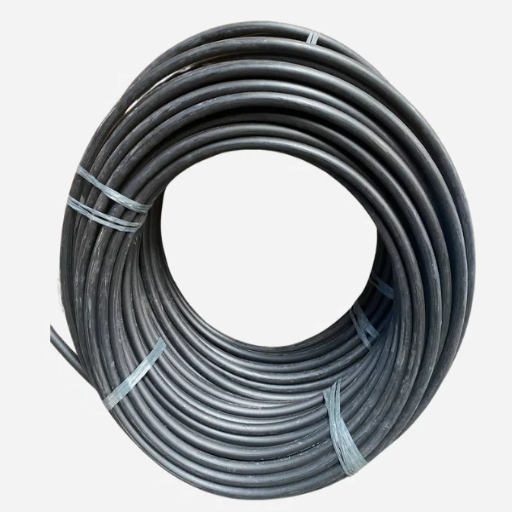
Advantages of HDPE pipe over traditional materials
I would emphasize that the HDPE pipe, especially the 2-inch SDR 11, has great benefits over older materials such as PVC, ductile iron, or even concrete. First, the flexibility of an HDPE pipe is very high. This allows it to withstand movements in the ground, temperature variations, and even pressure surges without cracking or fracturing. This makes these pipes excellent for use in seismic zones or regions with highly unstable soils.
Moreover, the superiority of HDPE pipes in terms of corrosion resistance is unrivaled. Unlike metals, HDPE is not affected by rusting, scaling, or chemical reactions with aggressive substances, which ensures longevity even in high corrosion environments such as wastewater servicing or chemical transportation. Additionally, the low friction coefficient (roughness coefficient of approximately 0.009) coupled with the internal surface’s smoothness further augments the flow efficiency in fluid transport systems and minimizes energy losses.
The 2-inch SDR 11 HDPE performance pipes have a wall thickness of 0.182 and a working pressure of 160 psi at certain temperatures. These numbers mean that the pipe is capable of enduring high amounts of pressure while keeping its structural integrity. When it comes to skipping maintenance duties and service costs, HDPE pipes surpass the typical materials used. Their service life can even surpass 50 years.
For these reasons, I confidently argue that pipes used for drinking water and industrial fluid transfer are best designed with HDPE.
Corrosion resistance and longevity of SDR 11 HDPE pipe
The structural non-metallic design of SDR 11 HDPE Pipes gives them powerful corrosion resistance. The pipes are completely inert to rust and chemical interactions. SDR 11 pipes, unlike traditional metal pipes, are not affected by saline environments, soil pH, or even corrosive industrial fluids. These qualities aid in reducing the degradation of the pipes and ensuring long-lasting durability across varying climate conditions.
In terms of longevity, SDR 11 HDPE pipes were designed to perform with excellent reliability for over 50 years if they are working under the right conditions. SDR 11 pipes have thicker walls compared to pipes with higher SDR ratings, which makes them able to tolerate more pressure. SDR 11 pipes can withstand up to 160 psi at 23 degrees C, which makes them excellent for high-pressure use while pro-longing their lifespan.
Moreover, the sustained service life of HDPE (high-density polyethylene) can be attributed to molecular characteristics such as the slow crack growth resistance. These parameters strengthen the notion of HDPE being superior in corrosion resistance for major ventures such as industrial pipelines and water distribution.
What are the common applications for 2-inch SDR 11 HDPE pipe?
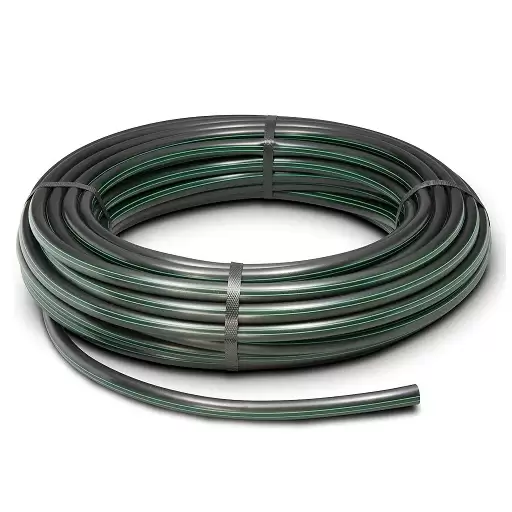
Use in potable water systems and water distribution
I’m certain that the 2-inch SDR 11 HDPE pipe is ideal for potable water systems and distribution because of its efficient attributes and adherence to industry standards. The pipe is routinely used in these applications because of its NSF/ANSI certification 61 and 372, which attests to its safety for use in drinking water.
Technically speaking, the outer diameter of SDR 11 HDPE pipe is 2.375 inches, and the wall thickness is around 0.216 inches. This ratio results in a working pressure rating of around 160 due to psi at 73°F, which is ideal for most municipal and residential installations. Due to its high resistance to internal pressure and its flexibility for trenchless installations, it is the ideal choice for many critical reliability and long-term performance-sensitive infrastructures.
Moreover, no leaching or contamination of water over time is possible due to the chemical inertness of the HDPE material, assisting its use in potable water supply networks. Its operability in varying temperature and environmental conditions due to its being lightweight and corrosion resistant means reduced maintenance costs with little savings during its lifetime.
Industrial uses for 2-inch SDR 11 HDPE pipe
The 2-inch SDR 11 HDPE pipe is preferred for holding and transporting water, gases, and more across various industries due to its strong mechanical properties and its capacity to withstand chemicals. It is mostly used in the movement of potable water, distribution of natural gas, and industrial fluid transport. The pipe can withstand high pressures, and it’s SDR value of 11 means that it has a strong wall thickness and a pipeline diameter enabling it to cope with exceptionally high internal pressure.
- Operating Pressure: Notably, the HDPE can sustain pressure of up to 200 psi, which is more than sufficient in most water applications.
- Temperature Range: HDPE is reliable and efficient with a temperature range of -40F to 140F, therefore, it is functional and operational within extremes of very cold and moderate heat in industries.
- Durability: The material possesses durability due to its resistance to cracking, UV radiation, and abrasions.
- Chemical Resistance: Due to its nature, it does not corrode or degrade, providing support for the retention of a wide range of industrial fluids, which can encompass salts, hydrocarbons, and bases.
These characteristics define the upper hand that 2-inch SDR 11 HDPE pipes possess; it enables ease in resource handling and low maintenance withstanding operational conditions.
How do you properly install and maintain a 2-inch SDR 11 HDPE pipe?
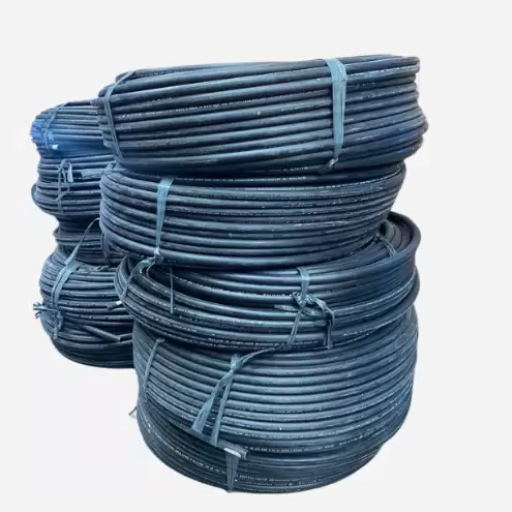
Best practices for installation of SDR 11 HDPE pipe
While installing SDR 11 HDPE pipe, I must pay attention to certain principles to enhance functionality and longevity. First, I carefully check the pipe for possible damage incurred during shipment, as well as take extra care while moving it to avoid any additional strain. When I place the pipe, I check the trench width and depth, which usually requires me to keep the width over one and a half times the diameter of the pipe as well as the depth to the local code requirements. Compact granular material is also important to use as bedding for the pipe to avoid any fouling during installation.
The piping joints also require great attention; I perform butt fusion or electrofusion. I make sure that the pipe ends are clean, aligned, and fused at the temperature and pressure recommended by the pipe’s manufacturer. Those processes are most suitable for polyethylene pipes, as they are highly responsible for the joint integrity under pressure and, of course, the most important condition, the absence of seams. For SDR 11 HDPE pipe, the design working pressure is 160 psi at a temperature of 73°F. That requirement must be met to maintain this integrity.
Once the installation is complete, I put the system under further scrutiny to ensure that there are no leaks or weaknesses. This step consists of hydrostatic pressure testing, wherein I stepwise increase the pressure until it reaches 1.5 times the working pressure. For SDR 11 pipes, this is equal to 240 psi, and I monitor the system to check if it is stable throughout the specified duration of the test.
Backfilling the trench is the final step in the process, and it is important to do so with care. This ensures that a suitable material is used, which helps distribute the load evenly and lowers stress points on the pipe. Using those materials is one of the easiest long-term best practices that guarantees regular inspection and maintenance on the pipeline joints, fittings, and the whole system. In doing so, the service life of the SDR 11 HDPE pipe is maximized. These steps guarantee that the pipe performs reasonably well in the designated application while meeting the required industry standards.
Joining methods for HDPE pipe and fittings
Joining HDPE pipes and fittings has never been that easy, and for me, durability, integrity, and industry acceptance are quite challenging. In my case, the most techniques used are butt fusion, electrowelding of the fittings or pipes, socket fusion, and mechanical joints.
- Butt Fusion: Butt fusion involves two adjoining pipes and the fusion of both ends using extreme heat (With the temperatures ranging between 425°F to 572°) and with the application of controlled extreme pressure. It is important to mention that butt fusion can be done on a wide range of diameters and can provide a leakproof joint.
- Electrofusion: Electrofusion or “electrofette” is the opposite of butt fusion. Electric current is passed through specialized fittings that are already equipped with electric coils to warm the joints using electricity. This method can be used in confined places with extreme restrictions where electromechanical freedom is a must.
- Socket Fusion: Socket fusion is quite similar to butt fusion, but this method of welding can only be used in pipes with a diameter of up to four inches. It can be trusted for reliable, leak-proof connections on pipelines. Socket fusions can be done on pipelines with low-pressure systems.
- Mechanical Joining: Applying specialized fasteners and compression fittings, I use this technique when incorporating flexibility alongside the system to encourage disassembly when required. This method is often implemented in repair work.
Each one of these techniques is chosen according to the specific particulars of the project, like the diameter of the pipe, amount of application pressure, and site-specific factors. An example would be that butt fusion is best suitable for high-pressure pipelines, whereas electrofusion is much more suited for complex or constrained configurations. The joints are designed to ensure that they comply with the relevant ASTM and ISO standards, which helps in maintaining system reliability and longevity.
Maintenance requirements for 2-inch SDR 11 HDPE pipe systems
The maintenance process associated with a functioning 2-inch SDR 11 HDPE pipe system incorporates standard procedures such as inspection, cleaning, and other proactive activities enhancing performance durability. I do frequent inspections to look for surface cracks, any signs of blisters, and other irregularities in the joints. These also include wall thickness and ovality measurements, which ensure that the pipe’s measurements are within the intended tolerances (SDR 11 ‘s wall thickness is equal to 0.182 inches for a 2-inch pipe).
Moreover, these measures make certain that the pressure ratings are within the limits. In the case of SDR 11 HDPE pipes, the normal operating pressure at 73 degrees Fahrenheit is commonly 200 psi. Moreover, preventing the buildup of sediment, especially in those systems that handle fluids contaminated with particulates, requires periodic flushing of the system with clean water. Where cleaning chemicals are necessary, I ensure that they will not deteriorate or stress crack the HDPE.
Last but not least, this is all completed with documenting any other maintenance actions for pressure tests and noted irregularities. By following such practices and ensuring that these measures are within the manufacturer’s instructions, I am certain that the system will experience all the condition stressors at its advanced operational scope while minimizing the chances of failure.
What are the environmental benefits of using 2-inch SDR 11 HDPE pipe?
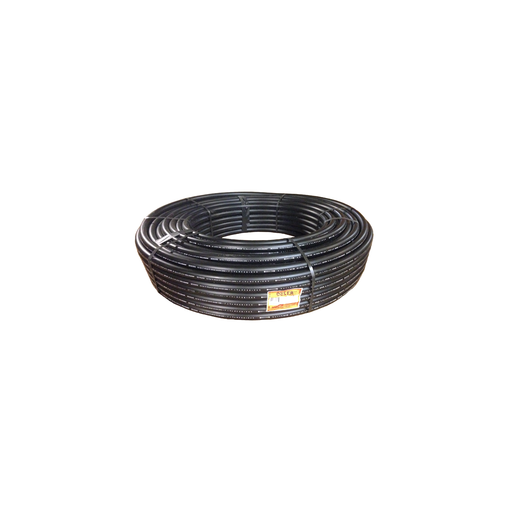
Recyclability and sustainability of HDPE pipe materials
Both 2-inch SDR 11 and HDPE pipe materials have significant environmental benefits, owing to their recyclability and exceptional composition. Due to its composition, HDPE allows for a very durable structural integrity, which means that plastic waste can be reduced drastically. Additionally, these pipes have a long lifespan of over half a century, which minimizes waste even more. Lower waste also means a lower need for raw materials. These pipes also greatly limit carbon emissions thanks to their lightweight construction. The smooth internal surface also reduces the need for energy during fluid transport due to lower friction.
- Durability and lifespan: Over 50 years’ worth of operational life while also limiting the negative impact on the environment.
- Energy efficiency in operation: Due to low surface roughness, pumping energy expenses are reduced significantly.
- Recyclability rate: Recovered HDPE from old pipes being used for construction or crafted into new pipes makes them 100% recyclable.
The unique combination of lightweight and sturdy HDPE allows me to achieve environmental sustainability without sacrificing performance.
Energy efficiency in production and transportation
The production of HDPE is one of the most energy-efficient processes due to improvements in thermal and energy requirements during the polymerization process. These methods of manufacturing use less thermal energy, which means lower carbon emissions per metric ton of material produced. In particular, energy usage in the production of HDPE stands at an average of around 1.48 GJ per ton, which is relatively lower compared to many other materials in its category.
From a logistical viewpoint, HDPE’s superior strength compared to its weight aids in its efficient logistics by allowing transportation of larger quantities while using less fuel. As an example, HDPE pipes are much lighter in weight compared to traditional alternatives such as metal or concrete pipes, which reduces fuel consumption in transit by around 25 to 30 percent. Furthermore, the strength of the material ensures that it sustains lesser damage while being handled, which further aids in the optimization of resources and energy in production and supply chain processes.
These features highlight my vow to utilize materials that have proven energy-saving qualities to improve operational efficiency and contribute to wider sustainability goals.
Reference sources
Frequently Asked Questions (FAQs)
Q: What are the specifications of 2-inch SDR 11 HDPE pipe?
A: 2-inch SDR 11 HDPE pipe specifications include an outer diameter of 2.375 inches (60.3mm) and a wall thickness of 0.216 inches (5.5mm). This IPS SDR11 PE4710 black HDPE pipe has a moderate pressure-bearing capacity and is widely used in many industries due to its durability and corrosion resistance.
Q: What does SDR 11 mean in HDPE pipe specifications?
A: SDR stands for Standard Dimension Ratio, and 11 refers to the ratio of the pipe’s outer diameter to its wall thickness. For SDR 11 HDPE pipe specifications, this means the outer diameter is 11 times the wall thickness of the pipe, resulting in a pipe with good pressure-bearing capacity suitable for various applications.
Q: What are the common applications for 2-inch SDR 11 HDPE pipe?
A: 2-inch SDR 11 HDPE pipe is widely used in many industries, including geothermal systems, reclaimed water, intake water, raw water, and waste water applications. It’s also suitable for water transportation and distribution networks due to its corrosion resistance and durability.
Q: How does 2-inch SDR 11 HDPE pipe compare to 110mm PE pipe?
A: While 2-inch SDR 11 HDPE pipe and 110mm PE pipe are similar, they have slight differences. The 2-inch SDR 11 HDPE pipe has an outer diameter of 60.3mm, while the 110mm PE pipe is larger. Both are suitable for water transportation and have similar pressure-bearing capacities, but the choice depends on specific project requirements and local standards.
Q: What are the standard lengths for 2-inch SDR 11 HDPE pipe?
A: 2-inch SDR 11 HDPE pipe is typically available in standard lengths of 40 feet (12.2 meters) or 50 feet (15.2 meters). However, custom lengths may be available upon request from HDPE supply manufacturers to accommodate specific project needs and ease transportation and installation.
Q: Is 2-inch SDR 11 HDPE pipe suitable for potable water applications?
A: Yes, a 2-inch SDR 11 HDPE pipe made from PE4710 resin is suitable for potable water applications. It meets the necessary safety and quality standards for drinking water transportation. However, always verify with the manufacturer and local regulations to ensure compliance with specific potable water requirements.
Q: What are the advantages of using 2-inch SDR 11 HDPE pipe over other materials?
A: 2-inch SDR 11 HDPE pipe offers several advantages, including excellent corrosion resistance, flexibility, and durability. It has a smooth interior surface that reduces friction and enhances flow efficiency. HDPE pipes are also lightweight, making transportation and installation easier compared to traditional materials like steel or concrete.
Q: How does the pressure rating of 2-inch SDR 11 HDPE pipe compare to other SDR ratings?
A: A 2-inch SDR 11 HDPE pipe has a higher pressure rating compared to pipes with higher SDR numbers (e.g., SDR 17 or SDR 21) due to its thicker wall. This makes SDR 11 suitable for applications requiring moderate pressure-bearing capacity. However, it has a lower pressure rating than pipes with lower SDR numbers (e.g., SDR 9 or SDR 7.3), which are used for high-pressure applications.



